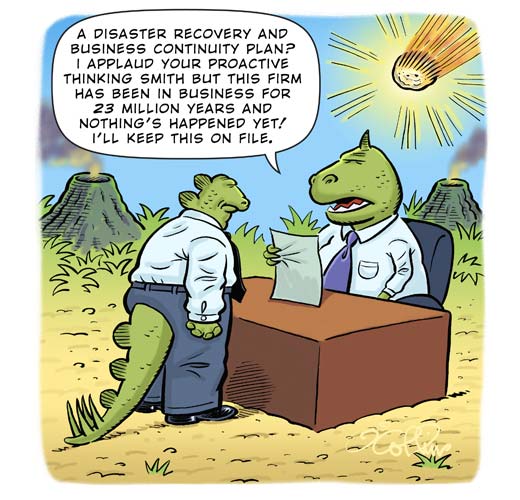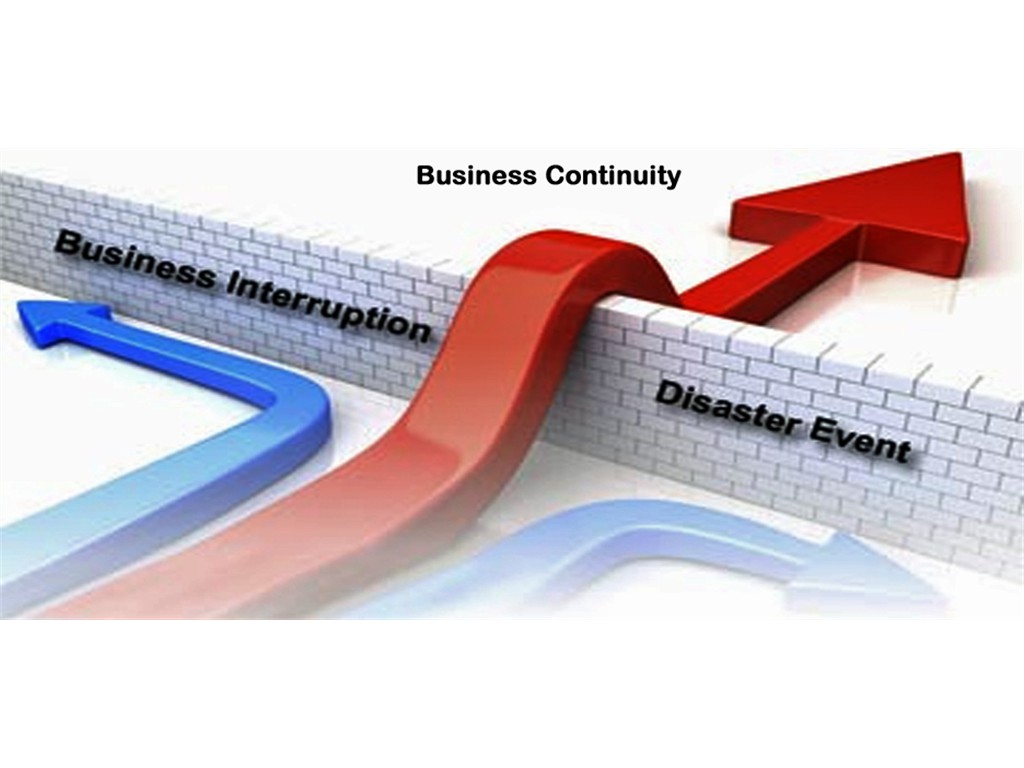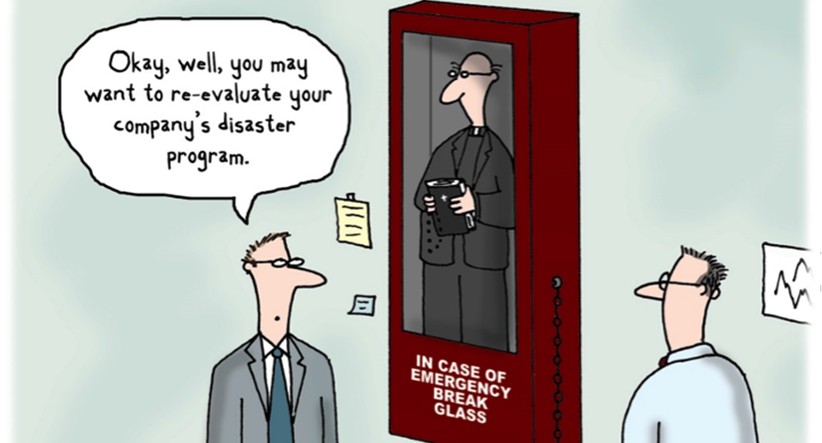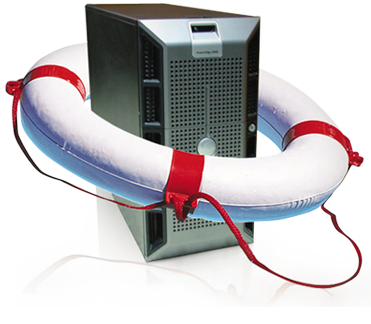It’s Friday night and you are having a nice dinner with your family at a fancy Italian restaurant when all of sudden you get a call that Server room ceiling has been leaking water and as a result has spread all over the floor along with power outage. This is probably the worse news an IT Director or IT Manager can hear going into the weekend unless they have tested Disaster Recovery and Business Continuity plan in place.

The terms Disaster Recovery (DR) and Business Continuity (BC) are used together and for good reason. Basically, DR is set of plans and procedures to prepare and recover from disaster. From a Business Continuity (BC) perspective, a negative impact on its operations and finances can be classified as disaster. Overall, DR includes both hardware and/or software failure, power malfunction, network malfunction, physical as well as human error.
 Let the truth be told. Disasters are bound to happen whether they are in the form of tornadoes, hurricanes, earth quake, floods or even fire. In other words, organizations worldwide need to have plan in place to deal with potential natural or human-induced disasters. By following a few guidelines, organizations of any size can be well prepared before disaster strikes.
Let the truth be told. Disasters are bound to happen whether they are in the form of tornadoes, hurricanes, earth quake, floods or even fire. In other words, organizations worldwide need to have plan in place to deal with potential natural or human-induced disasters. By following a few guidelines, organizations of any size can be well prepared before disaster strikes.
A well organized DR/BC plan can be formulated by following a few steps or phases. The first phase involves the following:
Phase 1 – Collection of Data
1.) The entire DR/BC project should be put together including a timeline, expected output and resources.
2.) Business impact analysis needs to take place regularly
3.) Risk assessment needs to happen quite often as well
4.) Both Onsite and Offsite backup and recovery procedures should be reviewed
5.) Other locations need to be chosen and ready for use
Phase 2 – Plan, Develop and Test
1.) All the data needs to come together to develop a disaster recovery plan
2.) The newly formulated plan needs to be tested
Phase 3 – Monitoring and Maintenance
1.) Maintenance of new plan through updates and review
2.) Inspection of disaster recovery plan on periodic bases
3.) Document all the updates and changes regularly

The disaster recovery and business continuity planning professional must involve the senior management at the early stages of DR/BC planning since they would approve all the necessary steps as well as well budget to make this happen. They would also bring on board, department heads from other units within the organization to discuss mission critical functions and business processes and strategies to recover from disaster.
Furthermore, the following issues need to be taken into account when formulating a disaster recovery strategy:
1.) Allocation of funds (Budget)
2.) People and physical facilities (Resources)
3.) Stance of senior management on risks
4.) Vendors and suppliers
5.) Data
6.) Technology

Overall, major breakdowns as well as loss of revenue can be minimized or even avoided by putting a well thought out disaster recovery and business continuity plan in place. We at Silex Systems consist of team of disaster recovery professionals that can help your organization achieve its business continuity objectives and devise a robust disaster recovery plan. Call us to schedule an appointment today!
